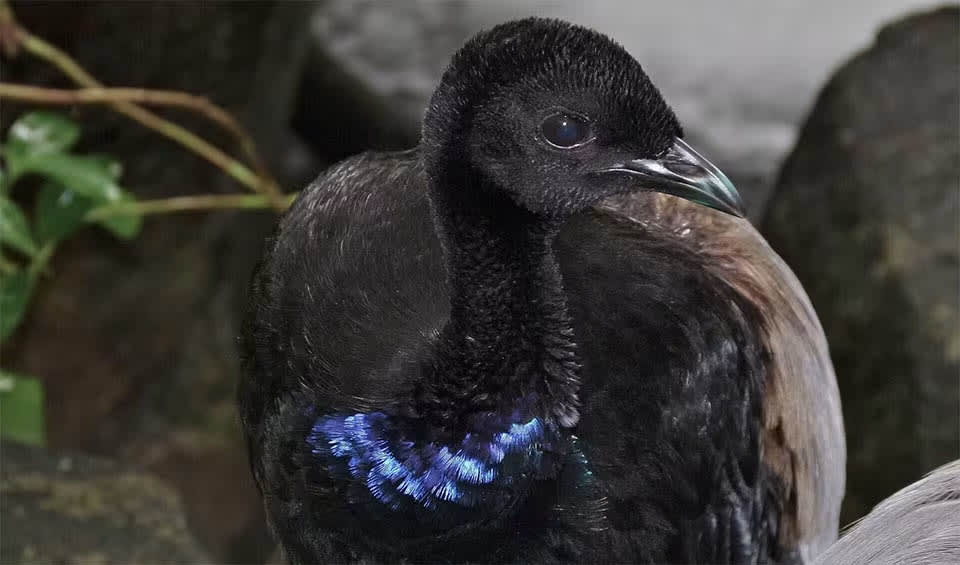A denizen of the Amazon forests, it is a species that shuns the presence of humans, preferring the solitude of the wild, away from prying eyes and interference. While their elusive nature may hinder direct observation, it underscores their preference for undisturbed habitats where they can thrive without disturbance.
In certain regions, the Grey-winged trumpeter faces the threat of hunting for game, although their natural wariness towards humans and aversion to captivity serve as a testament to their desire for autonomy in their native environment. Unlike many other avian species renowned for their aerial prowess, these trumpeters are not proficient flyers; instead, they rely on their swift running abilities to navigate their surroundings, spending much of their time traversing the forest floor or hopping from one perch to another in the dense canopy above.
Despite their predominantly frugivorous diet, which sees them eagerly devouring fallen fruits, the Grey-winged trumpeter also supplements its meals with a variety of insects, showcasing its adaptability and opportunistic feeding behavior. During the breeding season, their courtship displays are a sight to behold, characterized by energetic stuttering movements and enthusiastic somersaults, accompanied by a cacophony of vocalizations that reverberate through the forest canopy.
These vocalizations serve multiple purposes, from territorial marking to warning calls alerting others to potential dangers lurking in the vicinity. In fact, indigenous communities have long recognized the value of Grey-winged trumpeters as natural sentinels, employing their keen instincts and vocal alarms as a form of early warning system against threats such as snakes or other predators, enhancing the coexistence between humans and wildlife in the Amazonian landscape.
Distribution
 Brazil
Brazil Colombia
Colombia Ecuador
Ecuador French Guiana
French Guiana Guyana
Guyana Peru
Peru Suriname
Suriname Venezuela
VenezuelaAnything we've missed?
Help us improve this page by suggesting edits. Glory never dies!
Suggest an editGet to know me
Terrestrial / Aquatic
Altricial / Precocial
Polygamous / Monogamous
Dimorphic (size) / Monomorphic
Active: Diurnal / Nocturnal
Social behavior: Solitary / Pack / Herd / Flock
Diet: Carnivore / Herbivore / Omnivore / Piscivorous / Insectivore
Migratory: Yes / No
Domesticated: Yes / No
Dangerous: Yes / No




